
HYDROGEN POWER - What are the Arc Flash Hazards?
The electrical arc flash hazards in hydrogen power systems are a serious concern due to hydrogen's flammability. Proper design, maintenance, ventilation, safety procedures, and training are essential to minimize the risk of arc flash incidents and ensure the safety of personnel and equipment in hydrogen-powered facilities.

The Industrial BULL: The U.S. Industrial Electrical Market's Unstoppable Surge
The United States, often regarded as the world's largest and most diverse economy, has seen its industrial electrical market undergo a series of transformations over the past few decades. This market, encompassing everything from heavy electrical machinery to small components and safety equipment, plays a pivotal role in the nation's industrial backbone. Here, we delve into the current condition of the industrial electrical market in the U.S. and what the future might hold.

The Rise of Electrical Power in the USA and the Potential for Critical Arc Flash Hazards
The United States has always been at the forefront of technological advancement. One area in which the US continues to show significant growth is electrical power generation and consumption. As the nation accelerates its transition from fossil fuels to renewable energy sources, and as the electrification of various sectors like transportation continues, the demand for, and reliance on, electrical power is surging. However, with increased power comes greater responsibility, especially concerning safety. Among the potential hazards associated with electricity, Arc Flash stands out as particularly critical.
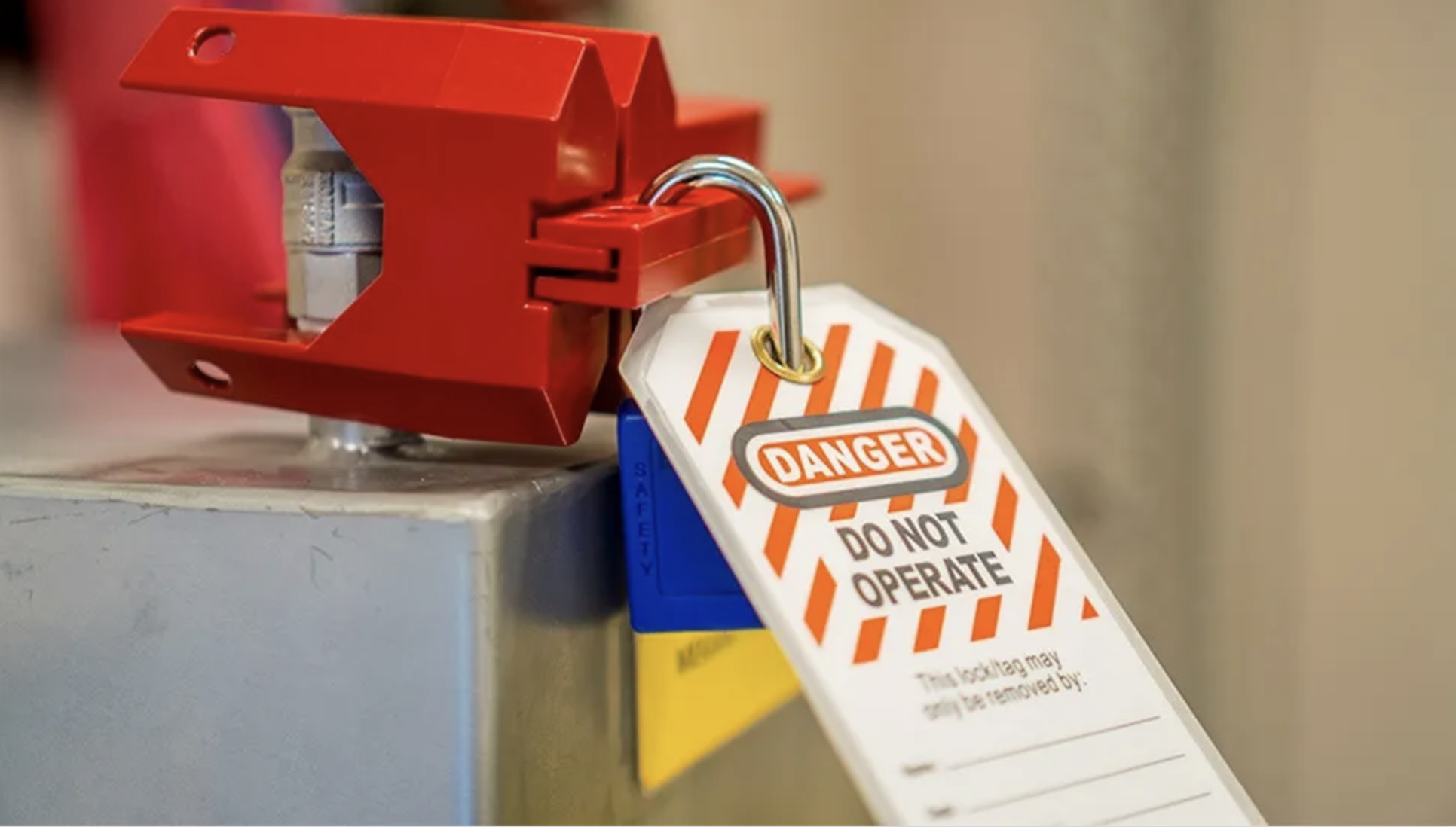
OSHA’s Top 10 List of Most Frequently Cited Standards: Control of Hazardous Energy (lockout/tagout)
Employees servicing or maintaining machines or equipment are at risk of life-altering injuries or death if proper procedures aren’t in place to prevent hazardous energy from being released. This standard is about expecting the unexpected and ensuring safeguards and controls are in place to ensure those working on or with machines or equipment are not at risk of potentially fatal injuries such as electrocution, burns, crushing, fractures, amputation, etc.

When to Replace Arc Flash PPE
When to Replace Arc Flash PPE - The frequency of replacing arc flash clothing depends on various factors, including the type of clothing, the manufacturer's recommendations, the frequency of use, and the conditions under which it's worn. Arc flash clothing is designed to provide protection against electrical arc flashes and flames, but its effectiveness can degrade over time due to factors like wear and tear, exposure to contaminants, and exposure to UV radiation.

OEL Worldwide Industries Champions Electrical Safety with New Training Services
OEL Worldwide Industries Champions Electrical Safety with New Training Services
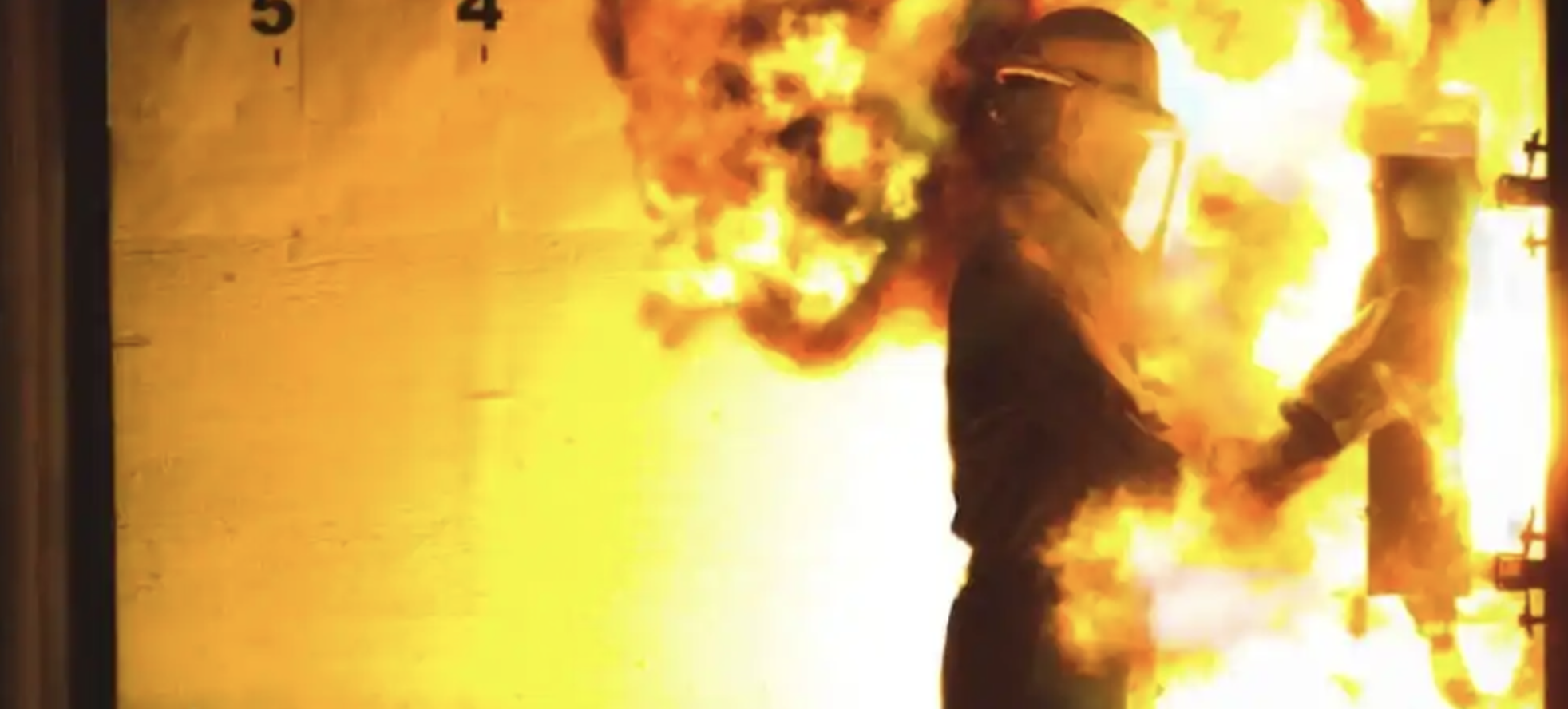
What is an Arc Flash?
What is an arc flash? In short, an arc flash is an explosive burst of energy that can occur when electrical equipment malfunctions or is mishandled. This can happen for a variety of reasons, including equipment failure, a lack of maintenance, and improper use.

Understanding ASTM D120 Rubber Gloves
In industries where electrical hazards pose a significant risk, personal protective equipment (PPE) plays a critical role in safeguarding workers' well-being. Among the essential protective gear, ASTM D120 rubber gloves are widely used to protect individuals from electrical shock and arc flash incidents. These gloves adhere to the rigorous standards set by ASTM International, ensuring their effectiveness and reliability in electrical work environments. In this article, we will explore the significance of ASTM D120 rubber gloves and their role in maintaining electrical safety.

Here’s Johnny! The new NFPA 70E 2024
The National Fire Protection Association (NFPA) has announced the release of the much-anticipated 2024 edition of the NFPA 70E, also known as the Standard for Electrical Safety in the Workplace. This new version maintains the standard's commitment to providing comprehensive guidelines to help companies better manage electrical safety and reduce risks associated with electrical hazards. The 2024 edition has been updated with important revisions and additions that aim to enhance clarity, safety, and overall application of the standard.

Why is the United States electrical grid falling apart?
Much of the US's electrical grid was built in the mid-20th century with an expected lifespan of 50 years. Despite many components being past their expected lifespan, they are still in use due to the high costs and logistical challenges associated with replacing them.
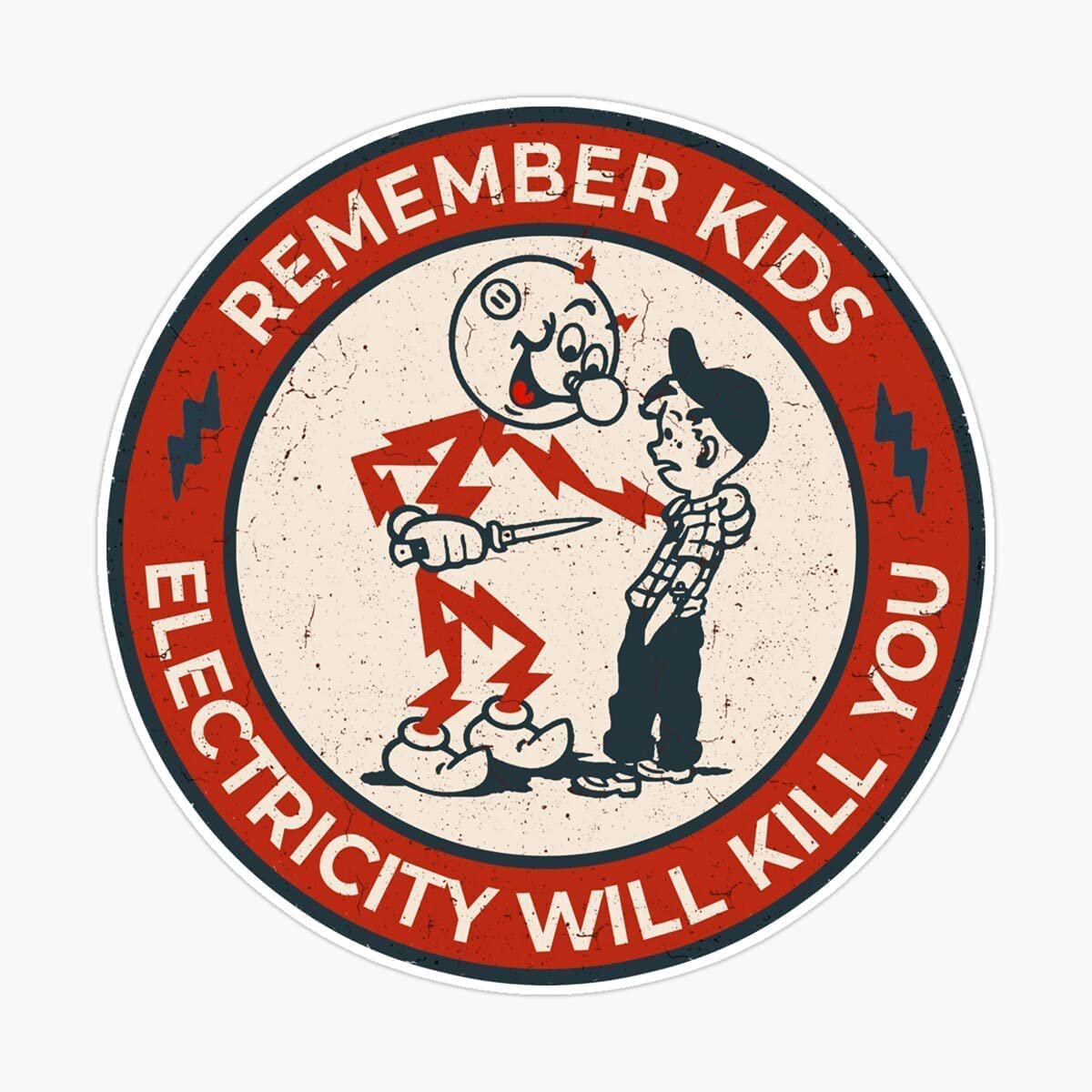
What is Electrical Safety Month?
Did you know that according to the National Fire Protection Association (NFPA), electrical failures or malfunctions were the second leading cause of U.S. home fires between 2014 and 2018, resulting in an average of 43,000 fires and 430 deaths per year? Yeah, it's pretty shocking. (Sorry, I couldn't resist another pun!) So, let's do our part to prevent electrical accidents and keep those numbers down.

What is OSHA’s Position on Energized Work?
At times, I’m a little amazed at the lack of understanding displayed by electricians, engineers, supervisors, managers and even safety consultants about the risks when “trained, experienced and qualified electrical workers” are permitted to work on electrical equipment while still energized without the need for any oversight, authorization, or justification.

Electrical PPE in the Oil & Gas Industry
Electrical safety personal protective equipment (PPE) is essential in the oil and gas industry to protect workers from electrical hazards. This article will discuss the electrical safety PPE required for the oil and gas industry.
![The Wolf at the Door [Arc Flash Hazards and Electric Vehicle Batteries]](https://images.squarespace-cdn.com/content/v1/63ecf96b28d05d7981f8ccb0/1680879317972-XXIT9J0EYJDQI49SIVUW/vwrF0Xz.jpg)
The Wolf at the Door [Arc Flash Hazards and Electric Vehicle Batteries]
Electric vehicles (EVs) are powered by high-voltage battery systems that can present a significant arc flash hazard. An arc flash is an electrical explosion that occurs when current flows through the air between two conductive objects, creating a high-temperature plasma that can cause severe burns, blindness, or even death.

Understanding Arc Flash Labels
Understanding arc flash labeling is crucial for everyone who works with or near electrical systems to ensure their safety. We will present an overview of arc flash labels in this blog article, including their significance, their significance, and how to interpret them.

The Most Effective Balaclava Wearing Technique for Arc Flash Protection
A balaclava is an essential component of personal protective equipment (PPE) for shielding oneself against arc flashes. A balaclava is a headgear covering the whole head and neck, except for the eyes and, in some cases, the mouth. It is widely employed to protect employees from hazards such as arc flashes in various sectors, including electrical, oil & gas, and mining.
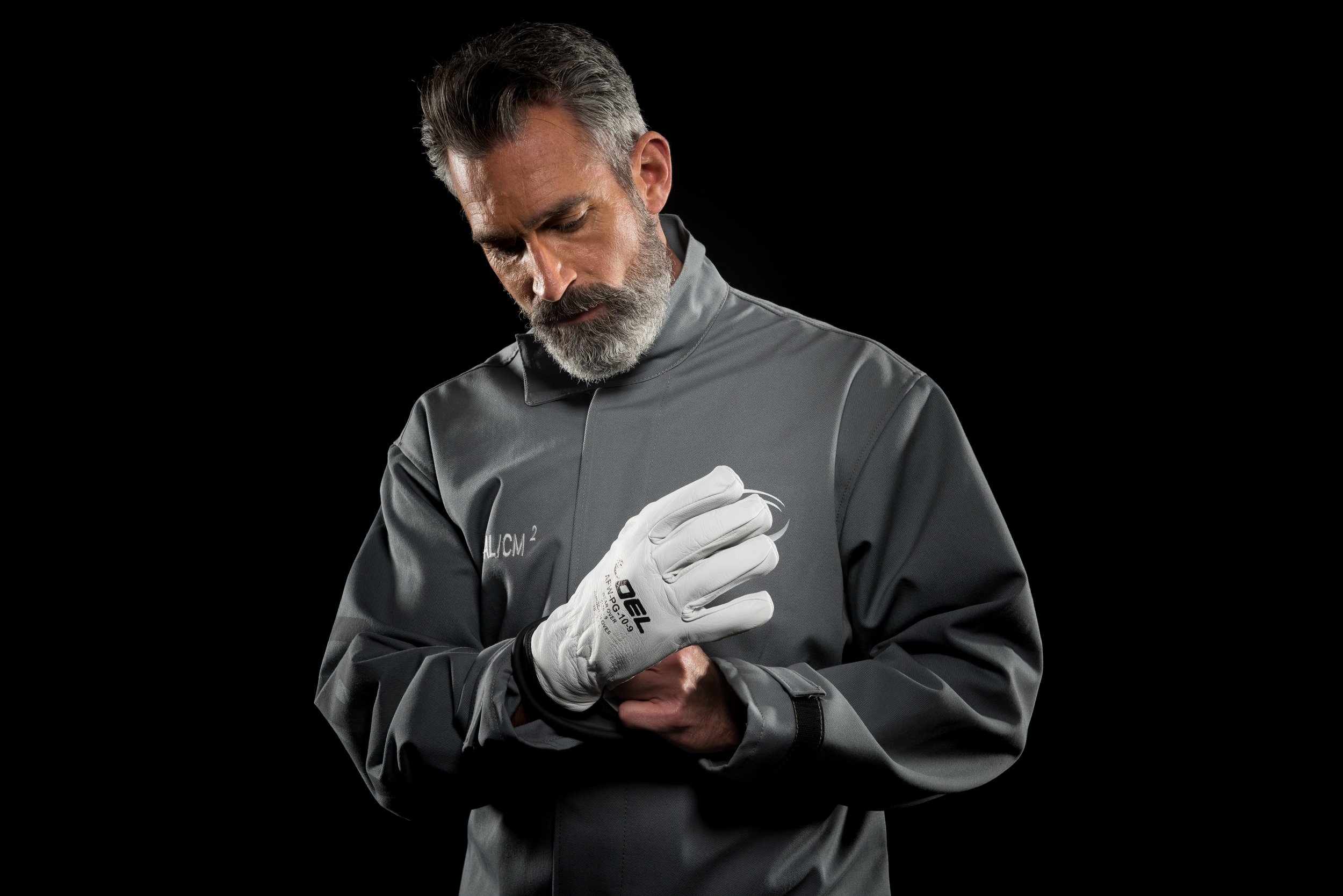
The Importance of Arc-Rated Clothing in Electrical Safety
The National Fire Protection Association (NFPA) 70E standard for electrical safety in the workplace has had a major influence on electrical safety with the inclusion of arc-rated clothing standards in 2009. This modification superseded the prior fire-rated clothing rules, resulting in greater levels of protection for electrical workers.

How often do electrical injuries happen in the US, according to OSHA, and how do you avoid them?
…many employers are unsure of who is responsible for ensuring that contract employees are following the NFPA 70E work practices required by the host employer.

Who’s Responsible for Ensuring Compliance with NFPA 70E Work Practices for Contract Employees?
To avoid electrical injuries, it is crucial to understand the hazards associated with electrical equipment and to take proper precautions when working with it. Some key strategies for avoiding electrical injuries include…
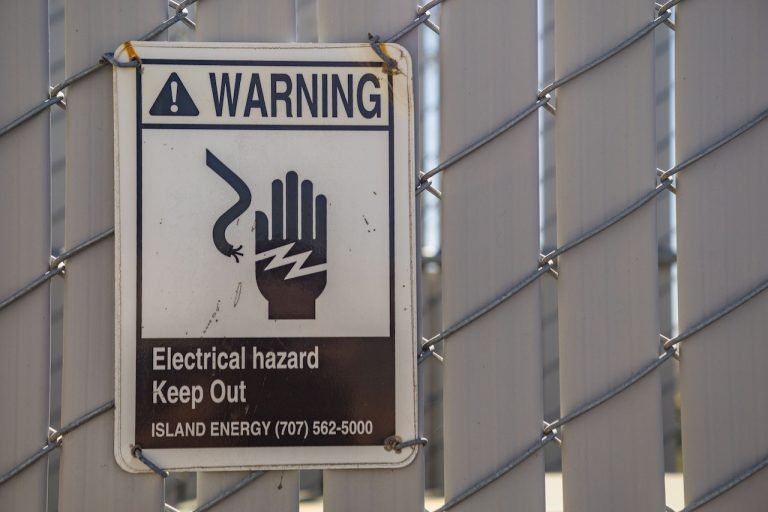
Electrical Safety 101: How to Avoid Arc Flash Incidents
Arc flash incidents are a serious concern for workers in industries that rely on electrical equipment. These incidents can result in severe burns, injuries, and even death. To protect yourself and your colleagues, it is important to understand the risks of arc flash and how to prevent them.

